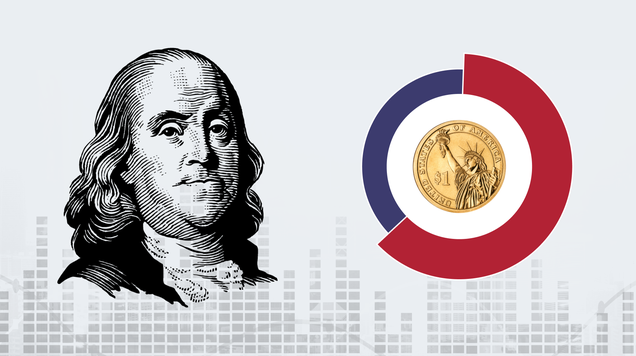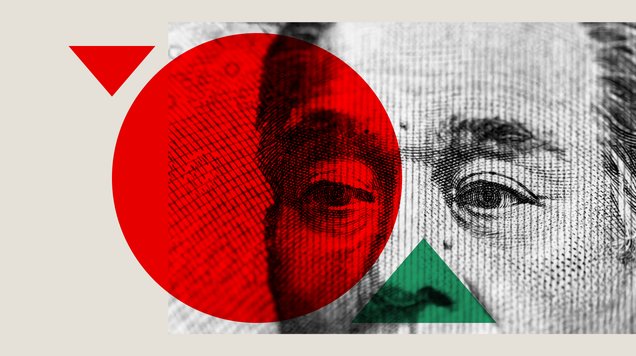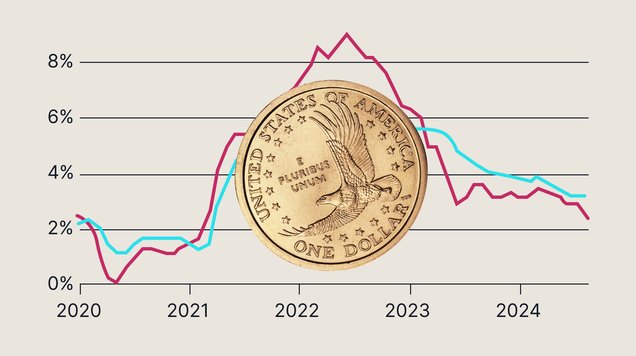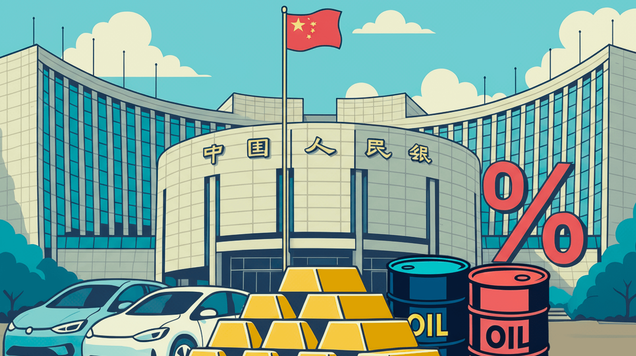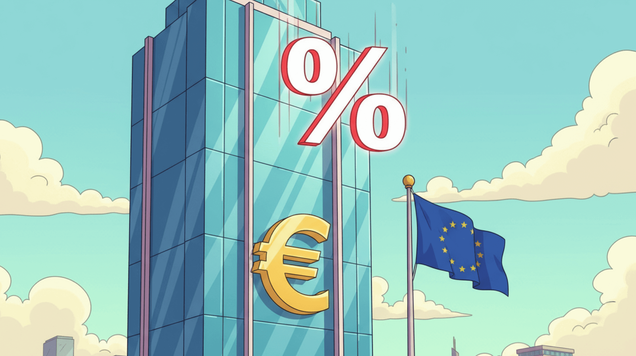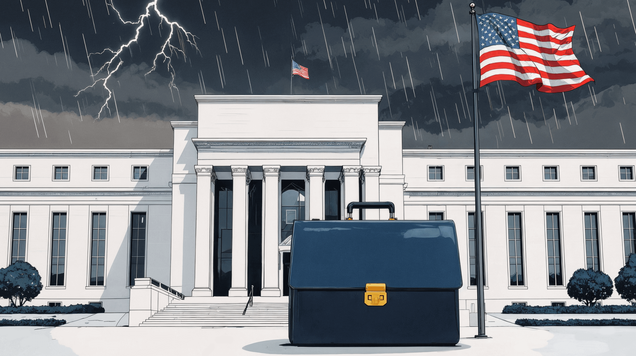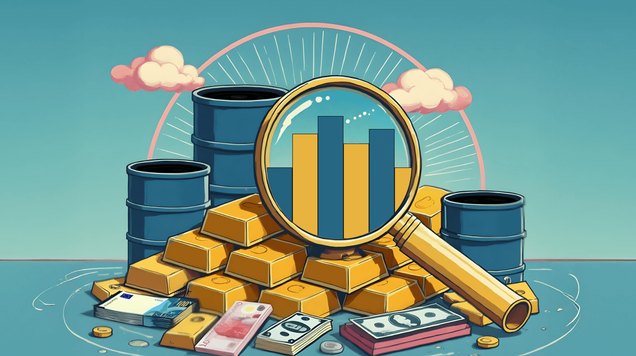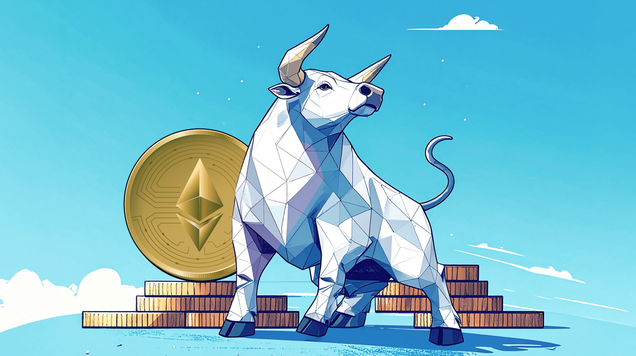Gold outlook Q3 2025
Gold enters Q3 2025 with strong support from central bank demand, geopolitical tensions, and a cautious Federal Reserve, reinforcing its role as a safe-haven asset.

Central banks, especially in emerging markets, continue to accumulate gold to reduce reliance on the US dollar.
Fed holds rates at 4.5%, with Trump pressuring for faster cuts amid signs of economic slowdown.
Geopolitical risks and low real rates make gold increasingly attractive to risk-averse investors.
Gold responds to central banks and global uncertainty
Gold enters Q3 supported by flexible monetary policy, strong central bank demand and geopolitical uncertainty. Despite volatility, the outlook remains positive if economic risks keep investors cautious.
Shifting monetary policy expectations
As Q3 2025 begins, the gold market is moving cautiously, influenced by global monetary policy changes – especially from the US Federal Reserve.
After cutting interest rates throughout 2024, the Fed has kept rates steady at 4.5% since the start of the year. Future rate decisions now depend on how the economy performs. Fed Chair Jerome Powell has explained this cautious approach, but it has faced criticism from President Donald Trump, who wants faster rate cuts. Trump has even threatened to replace Powell if the Fed delays action – highlighting ongoing tensions between the government and the central bank.
In this uncertain environment, gold remains attractive. It doesn’t pay interest, but becomes more appealing when real interest rates are low or flat. Rising concerns about a global slowdown are also pushing investors to look for safer assets.
Central bank gold accumulation
One of the main factors supporting gold prices is continued demand from central banks – especially in emerging markets that want to reduce their reliance on the US dollar.
According to the World Gold Council, central banks bought a net total of 244 tonnes of gold in Q1 – the second-highest first quarter on record. Poland was the top buyer with 49 tonnes, followed by China, Turkey, India and Gulf countries like Qatar. In May alone, net purchases reached 20 tonnes, led by Kazakhstan and Turkey.
This consistent buying shows that central banks see gold as a stable reserve asset. It helps protect against currency swings and financial risks. It also helps support prices, even when demand from private investors or consumers slows down.
Gold still plays a key role in uncertain times
Even with price ups and downs, gold remains a trusted safe-haven asset during times of geopolitical tension, trade uncertainty, and economic risk. It continues to be a key part of many investment portfolios, with demand growing for both physical gold and gold-backed ETFs – especially in emerging markets where investors are more focused on protecting their money.
